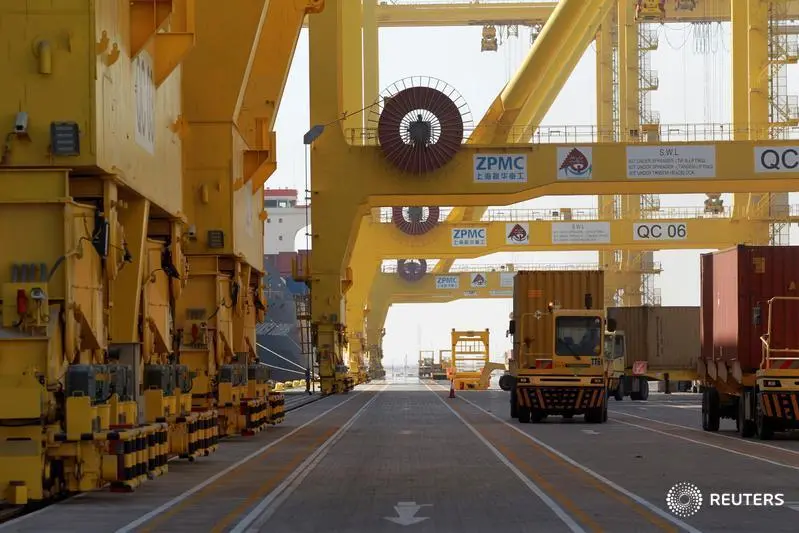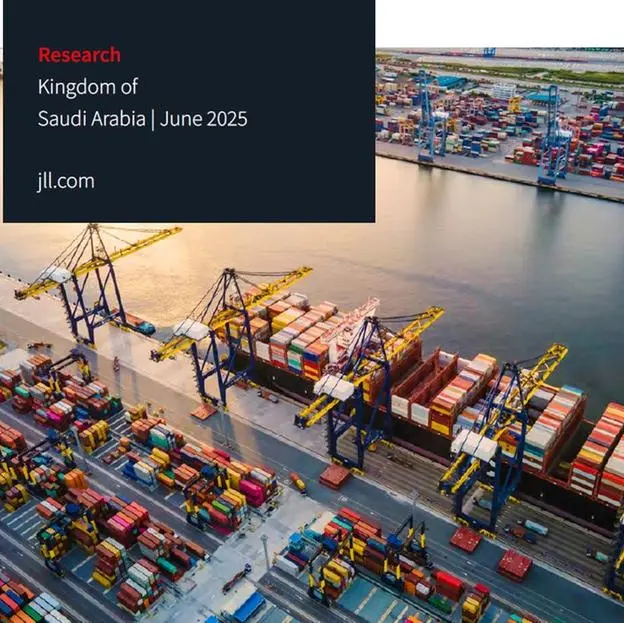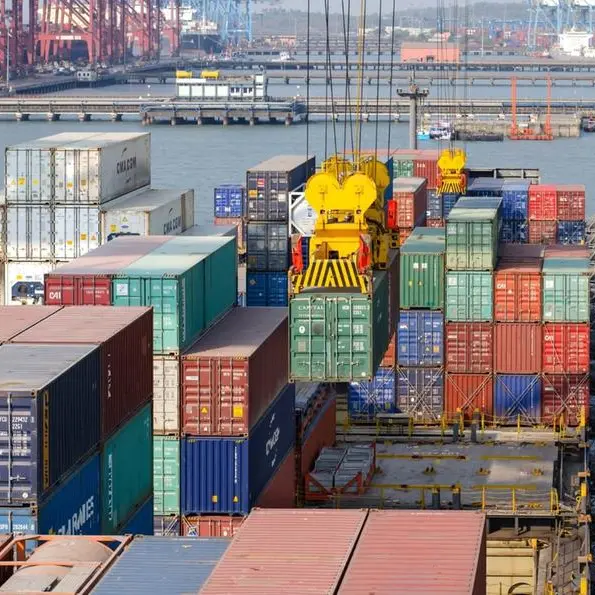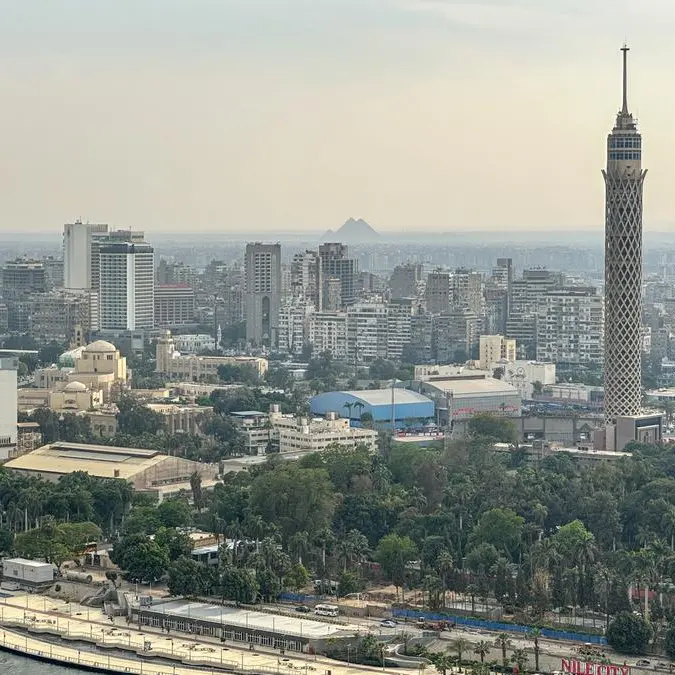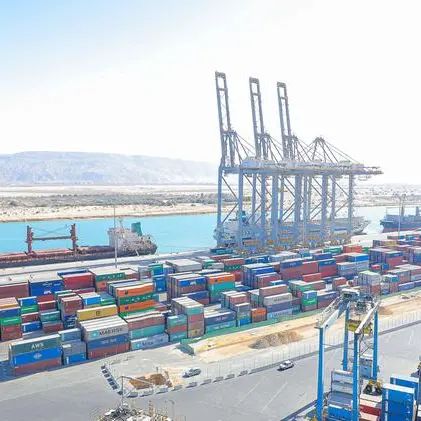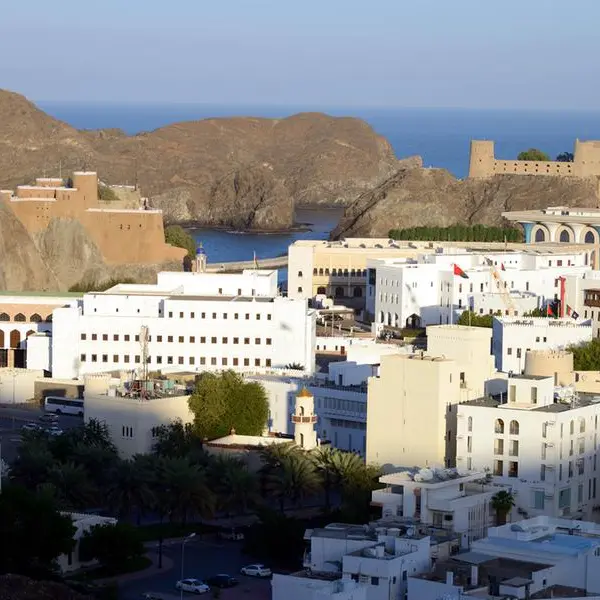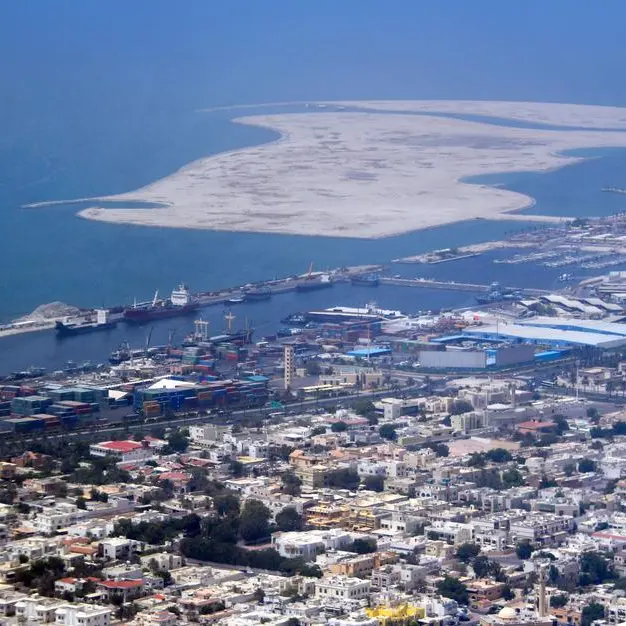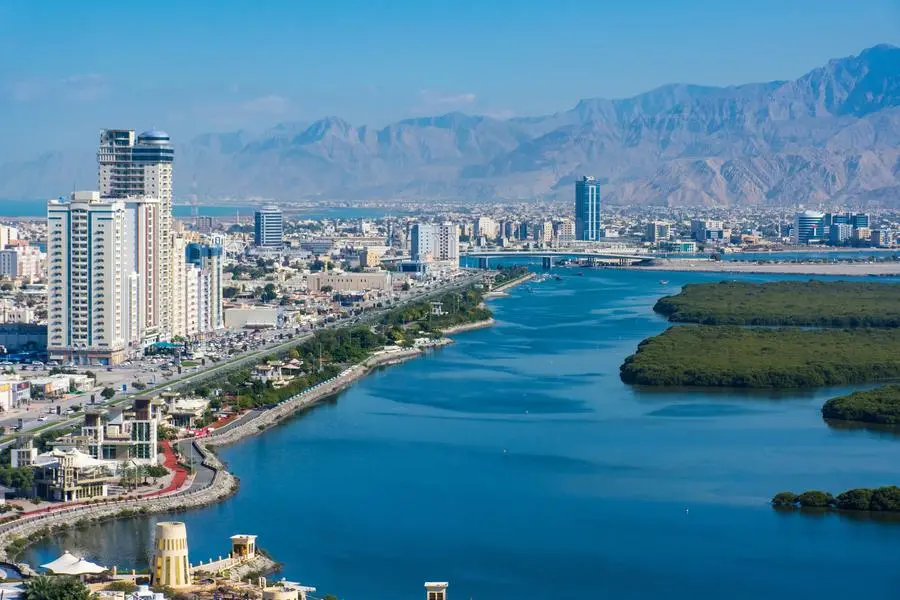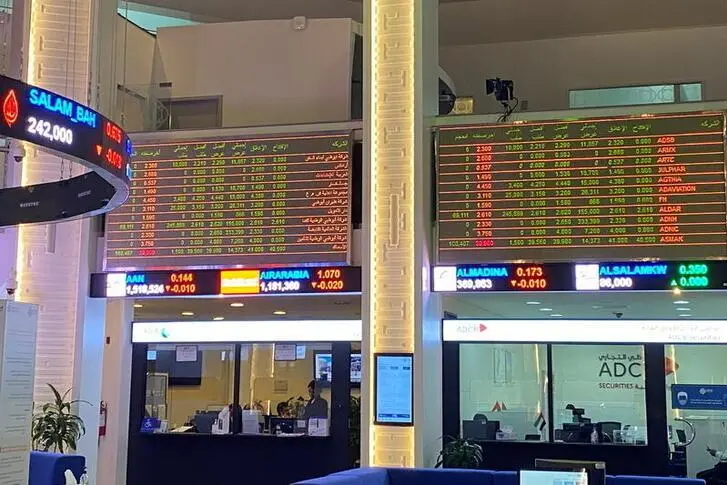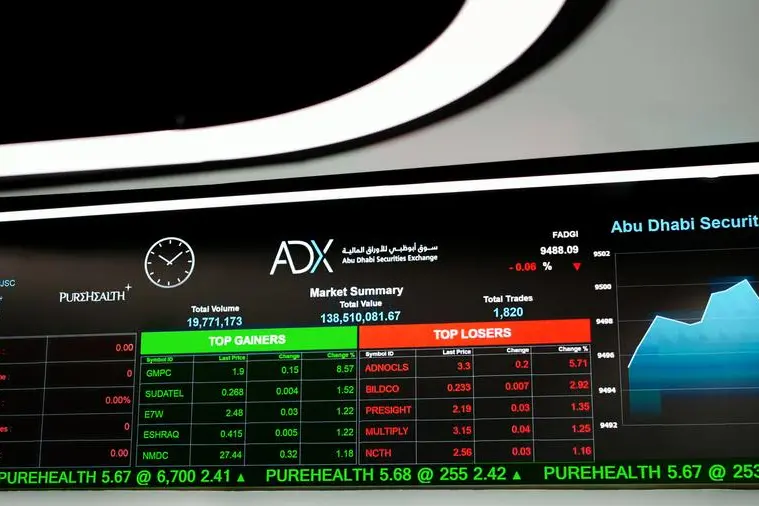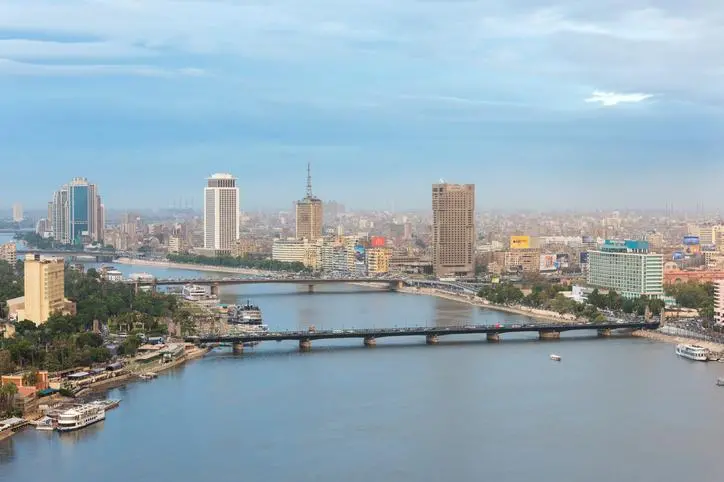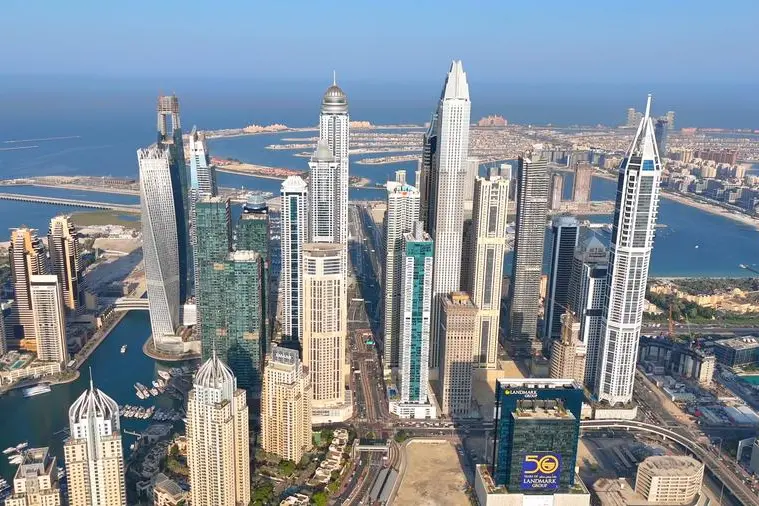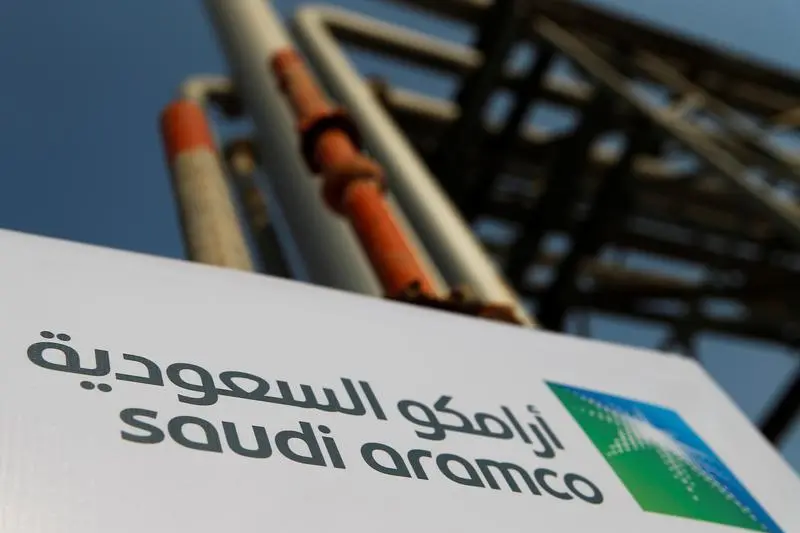PHOTO
Hamad port is pictured in Doha, Qatar, June 14, 2017. Naseem Zeitoon, Reuters
Qatar - Hamad Port, Qatar's main gateway to world trade, continues to impress as it has ranked eighth in the world and third in the Arab region on the Container Port Performance Index (CPPI) for 2022, Mwani Qatar said in a tweet Saturday.
The index issued by the World Bank and S&P Global Market Intelligence "reflects the port's high-quality operations, as it measures the time needed by ships to complete loading and unloading tasks", Mwani Qatar stressed.
The index confirms the high capabilities of Hamad Port, which is one of the largest ports in the Middle East, it added.
According to 'The Container Port Performance Index 2022: A Comparable Assessment of Performance based on Vessel Time in Port', issued by the World Bank and S&P Global Market Intelligence: "The challenges caused by the Covid-19 pandemic and its aftermath on the sector eased in 2022, an easing that has continued into early 2023. This has resulted in an improvement in both port congestion and a reduction in logistical disruption. The improvement in 2022 has had a positive impact on the performance and ranking of some ports; where the problem was systemic, as opposed to location specific, the inherent inefficiency remains.
"One of the ‘silver linings’ of the pandemic was greater awareness and focus on the resilience and efficiency of the maritime gateways, where any friction will result in tangible impacts on consumer choice, price and ultimately economic development."
The performance of a port may be assessed based on a myriad of measurements, such as: terminal capacity or space utilisation, cost, landside connectivity & services, or ship to shore interchange.
The aim of the CPPI is to pinpoint areas for enhancement that can ultimately benefit all parties involved, ranging from shipping lines to national governments and consumers. It is designed to act as a point of reference for important stakeholders in the global economy, including port authorities and operators, national governments, supranational organisations, development agencies, various maritime interests, and other public and private stakeholders in trade, logistics, and supply chain services.
This is the third iteration of the CPPI.
Hamad Port had handled 520,324F/T (freight tonnes) of bulk and 983,033F/T of break-bulk during 2022. It also added five new services to its growing shipping lines network during 2022 as part of its continuous journey of expansion and in view of Qatar's growing trade ties with the rest of the world. The new services provide additional opportunities for direct trade between Qatar and the world, cementing the port’s role towards achieving the goals aimed at transforming Qatar into a vibrant regional trade hub, Mwani Qatar had said, adding it would also provide regular service, faster and cost-effective transit.
In February this year, it was announced that Hamad Port had crossed the 8mn container throughput milestone since the start of operations in December 2016, indicating the growing importance of Qatar in the regional and international maritime space.
The achievement of the 8mn TEUs (twenty-foot equivalent units) mark will further encourage shipping lines to add Hamad Port in the rotation of their mainline services calling the Middle East region and use it as one of the regional transshipment hubs, according to QTerminals.
Also, the port registered the highest ever volume of break-bulk handled in March 2023. Hamad Port - whose multi-use terminal is designed to serve the supply chains for Roll-on/roll-off (vehicles), grains and livestock – handled 291,427 freight tonnes of breakbulk that month.
The port offers opportunities to create cargo movement towards the upper Gulf, supporting countries such as Kuwait and Iraq and south towards Oman.
© Gulf Times Newspaper 2022 Provided by SyndiGate Media Inc. (Syndigate.info).
